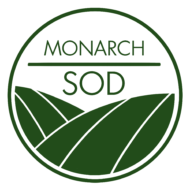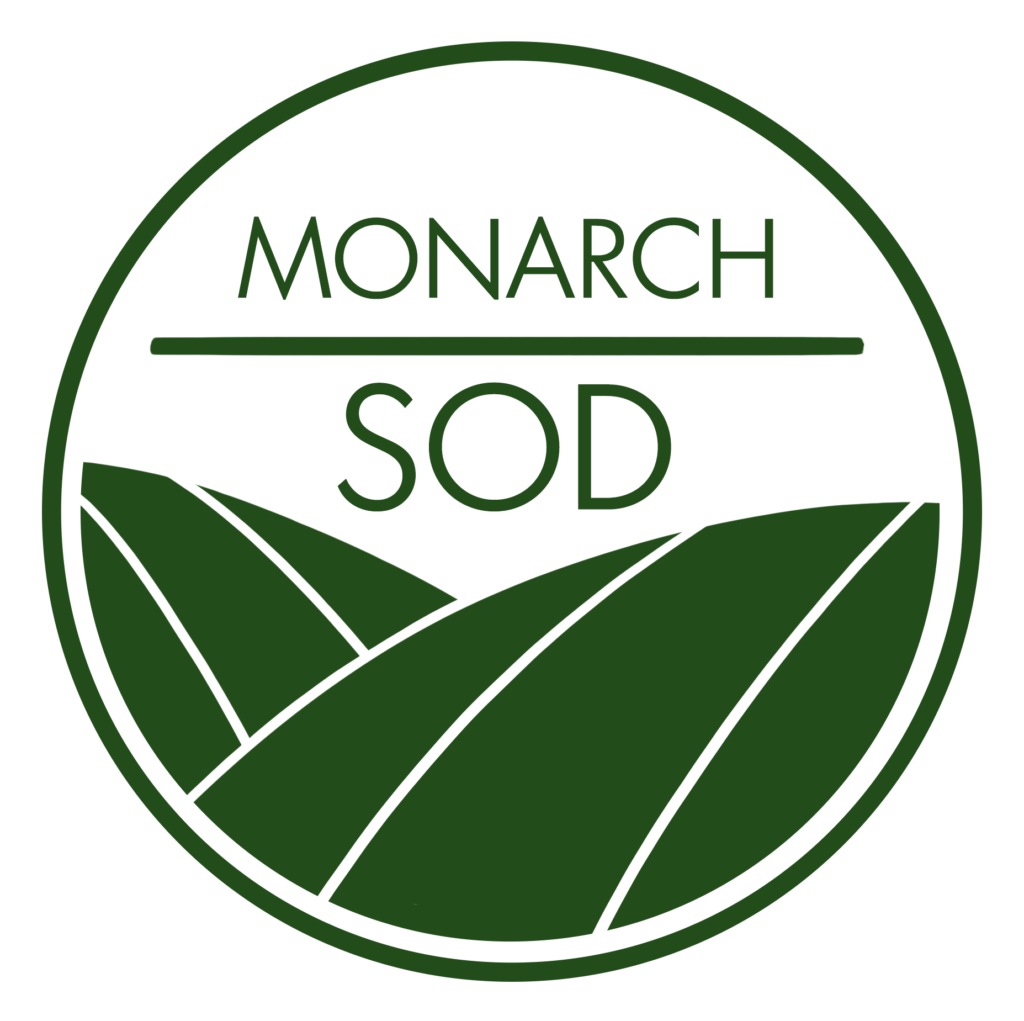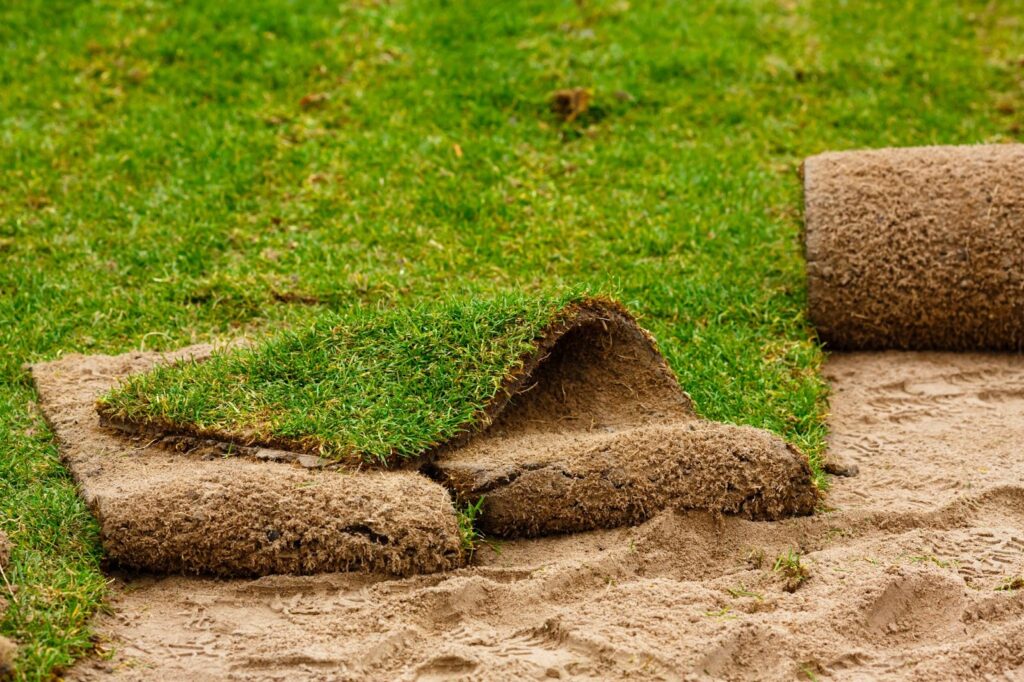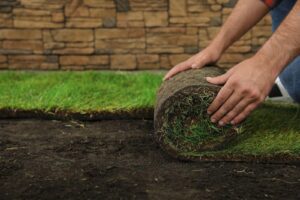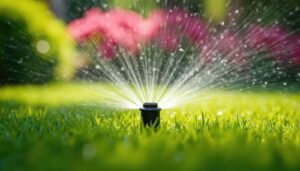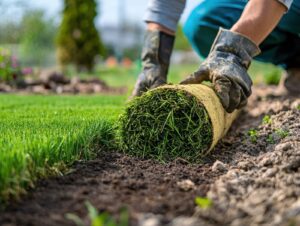You lay down fresh, green sod expecting a lush lawn, then notice the sod turns brown. It’s frustrating, especially after the time and money you invested. But before you panic, take a breath. Browning doesn’t always signal failure. In fact, it’s a common part of the transition as new sod adapts to its environment.
Several manageable factors cause browning, from watering mistakes and soil issues to transplant shock or sun exposure. Understanding what’s happening beneath the surface helps you take the right steps to restore your lawn’s health.
In this blog, we’ll explore the most common reasons sod turns brown after installation and share proven solutions to bring your yard back to life.
Common reasons sod turns brown after installation
New sod requires careful handling and ideal conditions to thrive. When it turns brown, it usually points to one or more correctable issues. Understanding these causes helps you take action quickly and restore your lawn’s health.
Lack of proper watering
Freshly laid sod needs consistent moisture to help roots bond with the underlying soil. Without enough water, the roots dry out and fail to establish. On the other hand, too much water creates soggy conditions that suffocate the roots and encourage disease.
Look for curled or crispy edges and dry, brown patches. These indicate underwatering. If the sod feels squishy, gives off a sour smell, or appears yellowed and weak, it likely suffers from overwatering. Create a watering schedule that keeps the topsoil moist but not saturated, especially during the first two weeks after installation.
Heat stress or transplant shock
High temperatures, wind, or harsh sun can stress sod before it fully roots. Heat stress causes wilting, browning, or slowed growth. Transplant shock happens when the sod struggles to adjust to a new environment after being cut and relocated.
Support recovery by watering consistently, applying a starter fertilizer, and limiting foot traffic for the first few weeks. Keep the lawn hydrated during hot spells and allow the roots time to anchor into the soil.
Poor soil contact or compaction
Loose contact between sod and soil blocks roots from absorbing nutrients and moisture. Gaps, air pockets, or compacted soil reduce the sod’s ability to grow.
To fix this, press the sod firmly into the soil after installation. Use a lawn roller or gently walk across the area to ensure even contact. Loosen compacted soil before laying sod, and avoid walking on it until roots have established.
Inadequate sunlight
Grass varieties require different levels of sunlight to stay green and healthy. Installing a sun-loving sod in a shaded area leads to thinning and browning.
Evaluate how much sunlight your yard receives each day and choose sod that matches those conditions. Shade-tolerant types like fine fescue perform better under trees or next to buildings. If sunlight remains limited, consider thinning nearby vegetation to let in more light.
Sod quality and freshness
Freshly harvested sod offers the best chance for success. Sod that sits too long before installation loses moisture and weakens quickly. Low-quality sod may contain weeds, disease, or uneven growth.
Always choose a reputable supplier that cuts sod the same day as delivery. Locally grown sod adapts better to your climate and establishes more easily. Work with a trusted company that prioritizes freshness, handles sod with care, and provides professional support during installation.
By identifying the root cause of browning, you’ll know exactly how to correct the problem and give your new lawn the best chance to thrive.
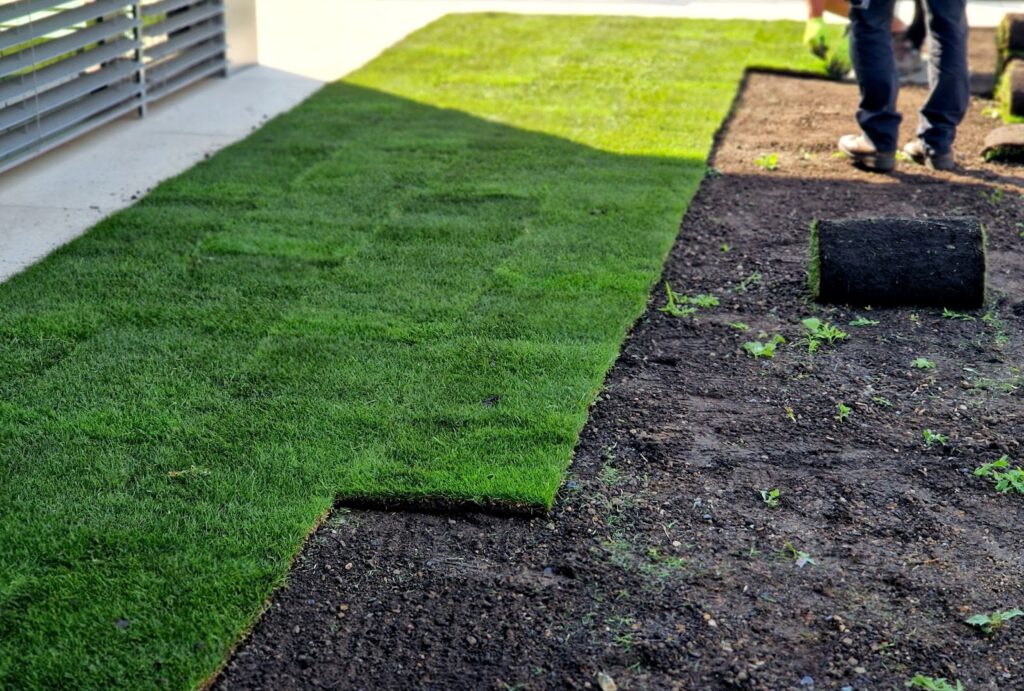
How to revive browning sod
Brown sod doesn’t always mean dead sod. In many cases, you can bring it back to life with a few targeted actions. By checking soil conditions, improving care routines, and giving the sod time to recover, you’ll help your lawn return to a healthy green state.
Check soil moisture and adjust watering
Start by testing the soil beneath the sod. Push a screwdriver or soil probe a few inches into the ground. Moisture levels are likely adequate if it slides in easily and the soil feels damp. If it resists or comes out dry, increase watering frequency.
Water deeply and evenly, aiming for moist — not soggy — soil. During the first few weeks, most new sod needs daily watering. Focus on early morning watering to reduce evaporation and allow roots to absorb moisture throughout the day. If the sod feels too wet or you see pooling water, scale back to prevent root rot.
Apply starter fertilizer to promote root growth
Use a balanced starter fertilizer with phosphorus to encourage root development. Avoid high-nitrogen products during recovery, as they overstimulate leaf growth without strengthening the roots. Apply according to the manufacturer’s directions, then water the area well to help nutrients reach the root zone.
Increase sunlight exposure if possible
If browning occurs in shaded spots, trim surrounding trees or overgrown plants to let in more light. Grass needs direct sunlight to grow strong and resist stress. Consider switching to a more shade-tolerant grass variety for heavily shaded areas during future renovations.
Limit foot traffic to prevent further stress
Avoid walking or placing objects on browning sod. Foot traffic compresses the soil and weakens struggling roots. Create temporary walkways around the affected area and keep pets and kids off the lawn while it heals. Giving sod a break from stress speeds up the recovery process.
With a little care and patience, most browning sod rebounds quickly. Consistent attention to water, light, and nutrients gives your lawn’s health the foundation it needs to turn green and thrive again.
Trust Monarch Sod for a thriving, green lawn

For the best results from the start, choose sod that’s grown specifically for Utah’s climate. Monarch Sod delivers high-quality, freshly harvested turf that’s resilient, locally grown, and ready to root. Whether you’re replacing a patchy lawn or starting fresh, our team provides expert guidance and professional installation so your sod establishes quickly and stays healthy.
Don’t leave your lawn’s success to chance. Contact Monarch Sod for premium sod and expert service that turns your yard into a lush, lasting landscape.
